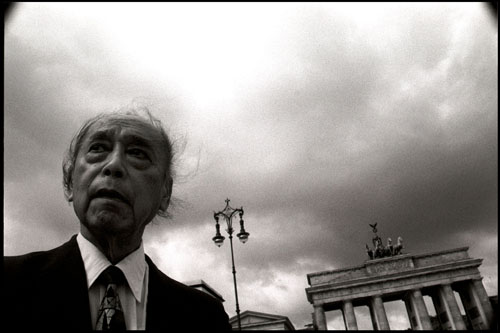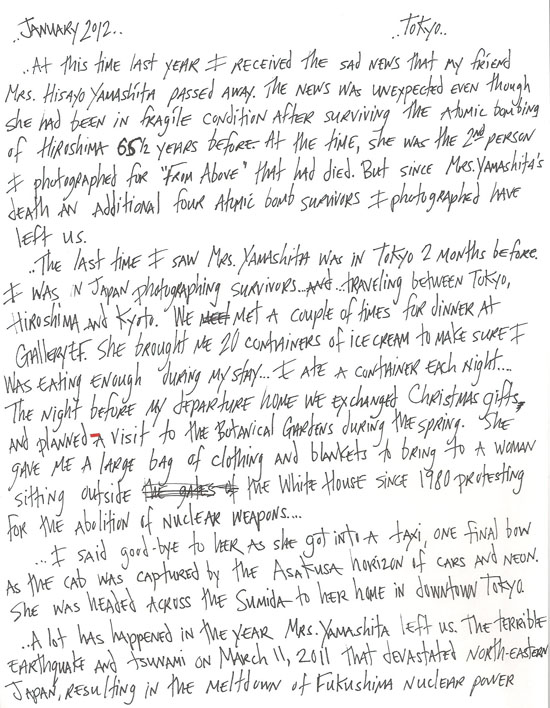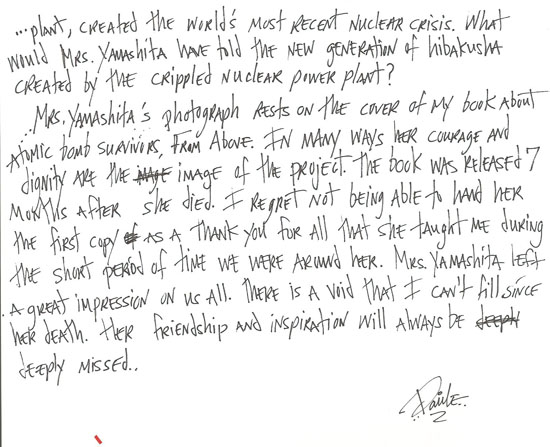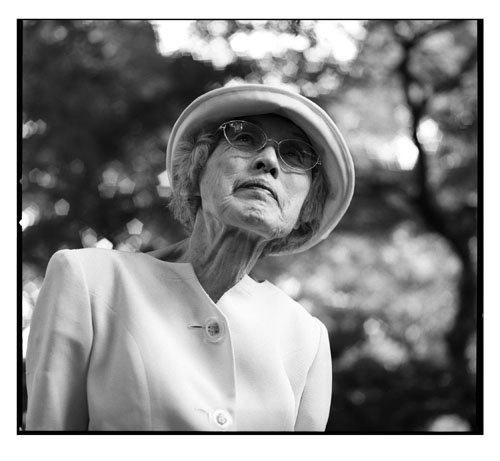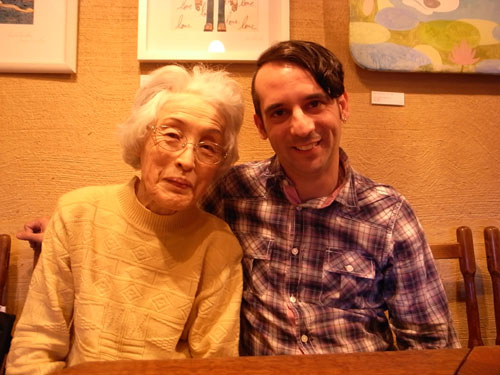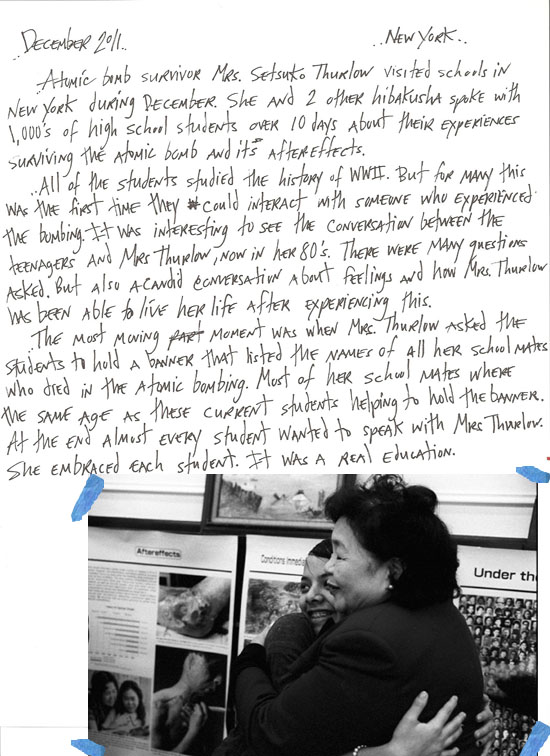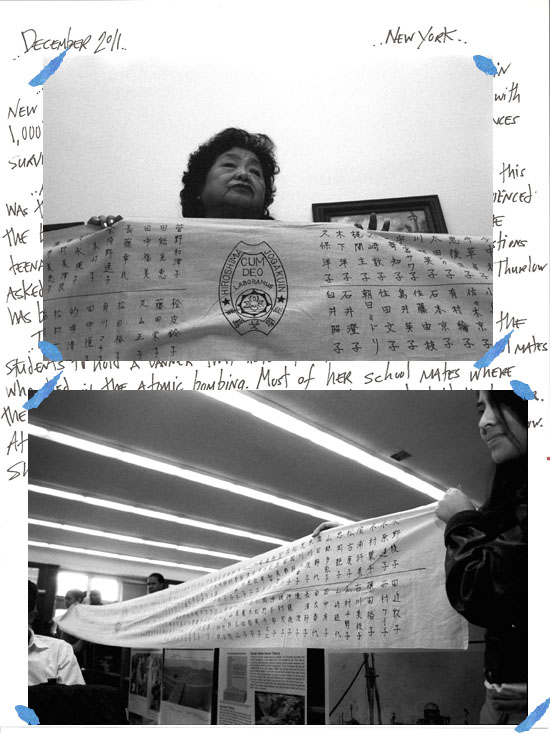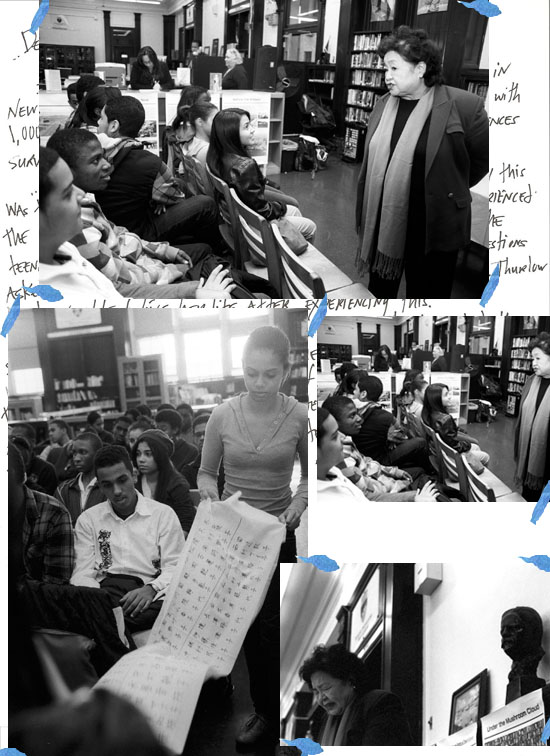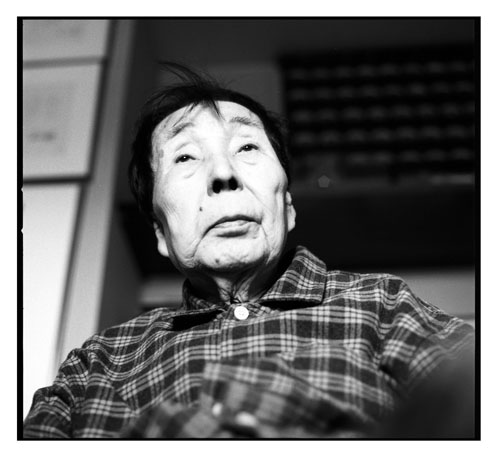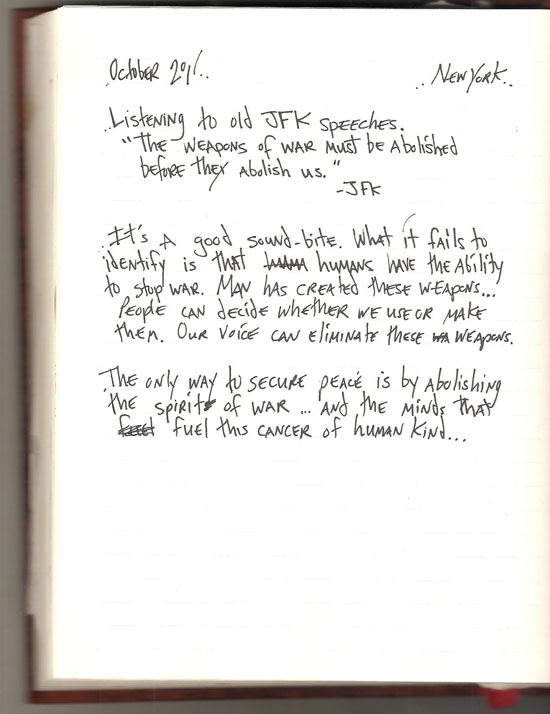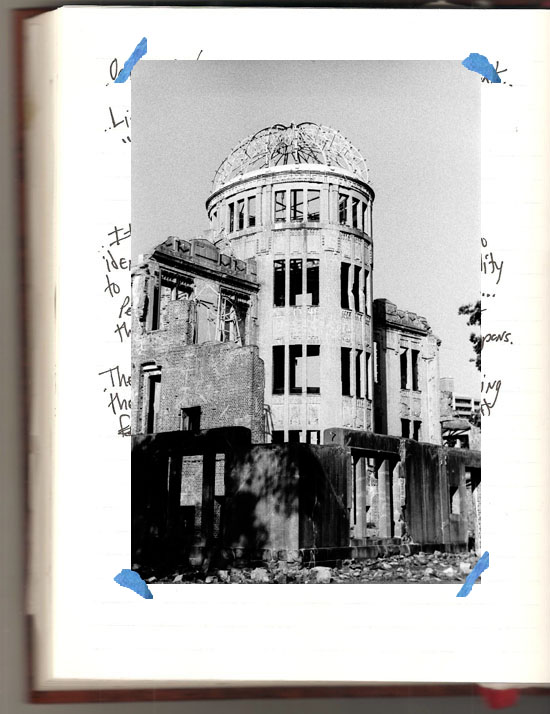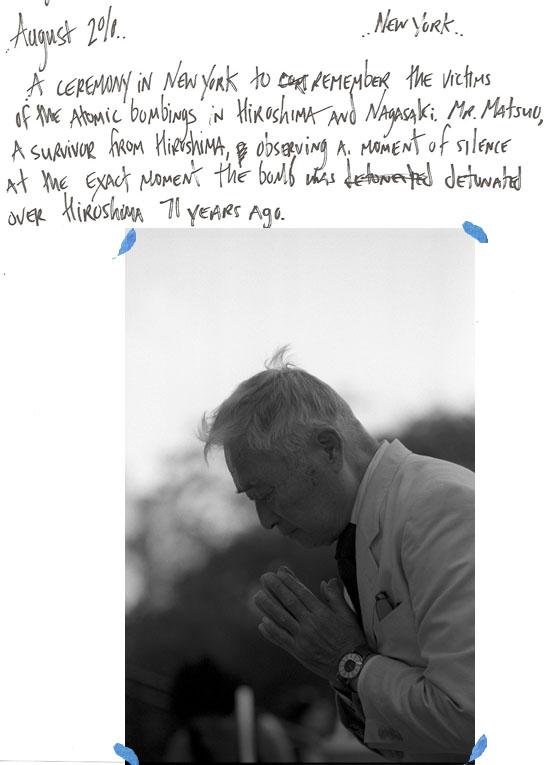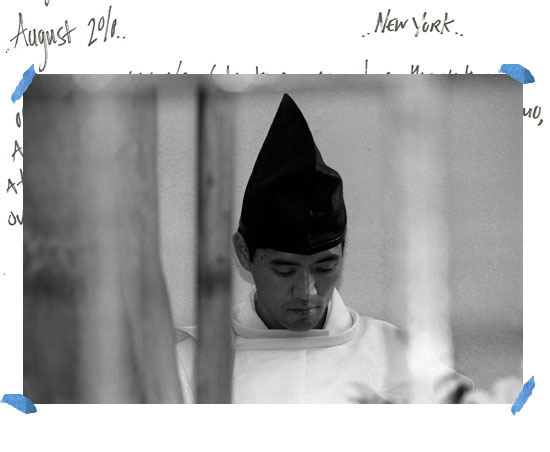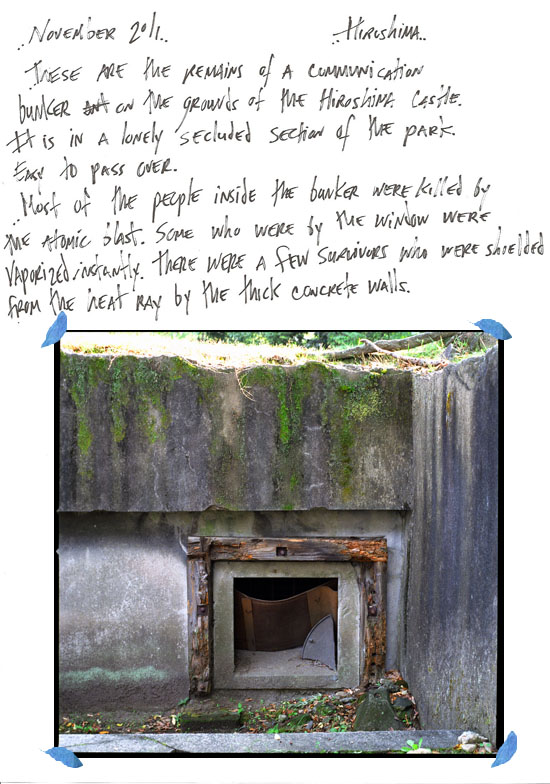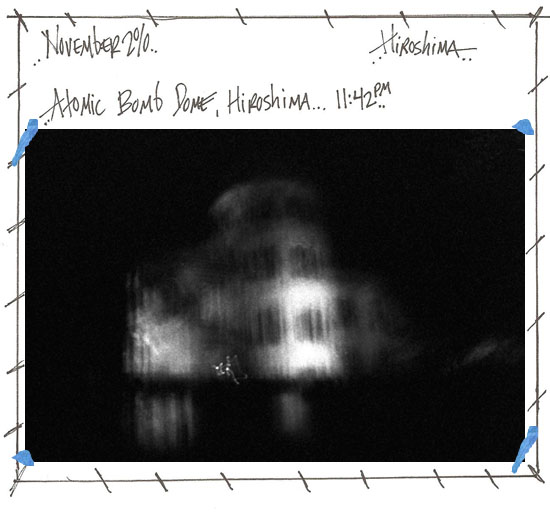..February 2012.. ..Berlin..
Sad news. Mr. Hideto Sotobayashi, an atomic bomb survivor from Hiroshima, passed away on December 27, 2011. I photographed Mr. Sotobayashi in Berlin during May 2011. He was the only hibakusha I have photographed who moved to Europe later in life.
Mr. Sotobayashi was born in Nagasaki but moved to Hiroshima during his childhood. He was 16 years old, attending school one and a half kilometers from the epicenter when the atomic bomb was detonated over Hiroshima.
In the 1960’s he moved to West Berlin to teach at a university and lived in Berlin the remainder of his life.
I photographed Mr. Sotobayashi around the Brandenburg Gate. It was a typical temperamental spring day in Berlin, warm one moment than interrupted by a cold breeze the next moment. Threatening battleship gray clouds cut through the regal blue sky. He spoke poetically about living in Berlin, experiencing all the changes in the city and the fall of the Berlin Wall. Berlin sounded like his second home.
He didn’t start speaking about his experiences in Hiroshima until a couple of years ago. After the March 11th earthquake and tsunami resulting in the disaster at the Fukushima Diiachi nuclear power plant, Mr. Sotobayashi spoke more frequently throughout Europe about his experiences in Hiroshima and the dangers of radiation.
Recently Mr. Sotobayashi was responsible for helping get a small monument built in Potsdam, Germany remembering those who perished in Hiroshima and Nagasaki.
He was one of the most passionate hibakusha I photographed for From Above. He understood the urgency to speak out about the dangers of nuclear weapons and catastrophe.
Even though his portrait isn’t included in the From Above book because I photographed him after it went to print, his portrait in Berlin will be included in future From Above exhibitions.
I tried to contact him a couple of times this autumn to see how he was feeling. But wasn’t able to connect. Today I received the sad news he passed away on December 27th, 2011.
